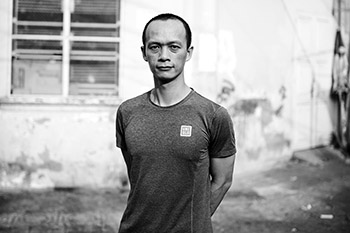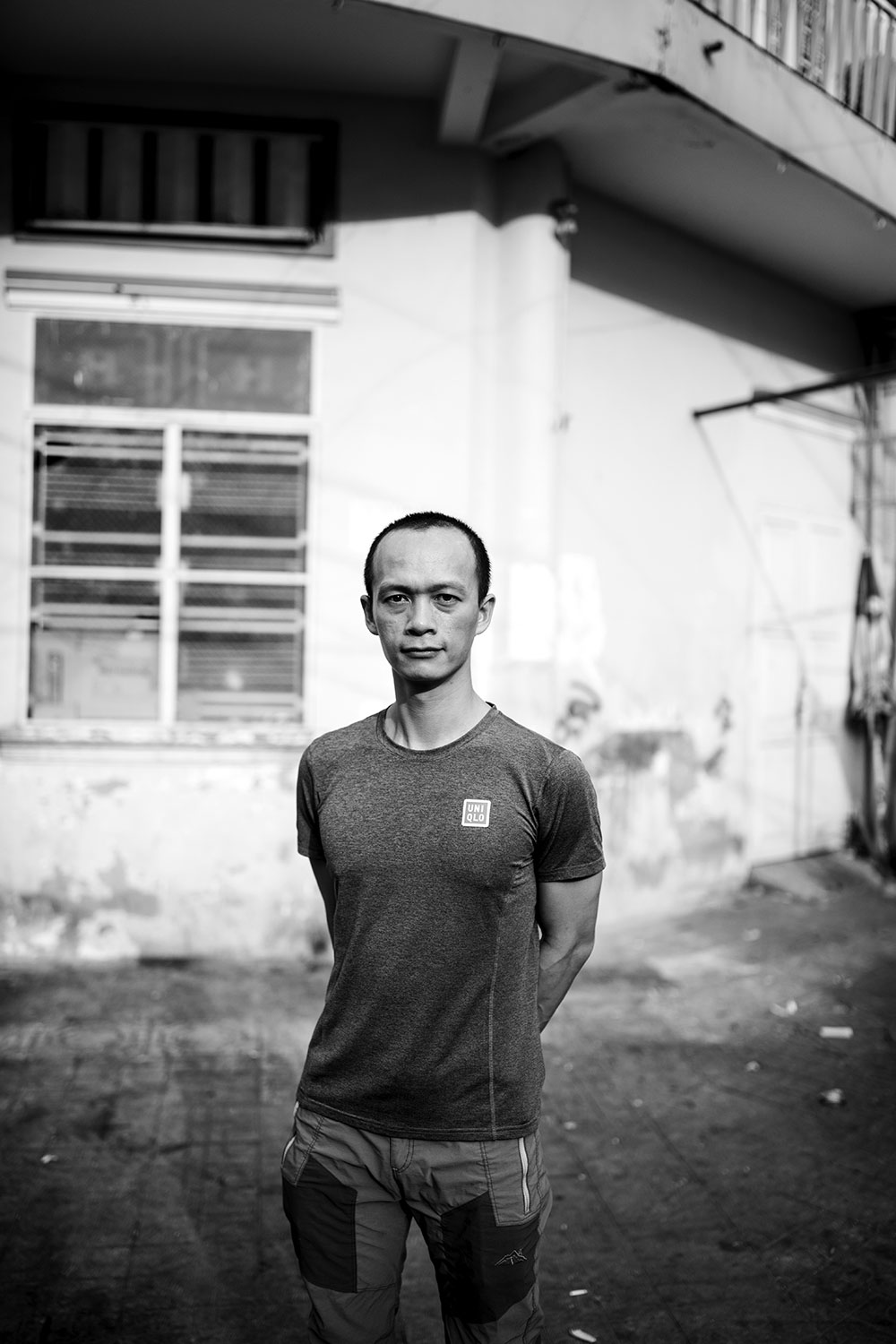
Line and Content – Pham Huy Thong artist
Saturday April 13th, 2019From the beginning of his career as an artist, Pham Huy Thong’s work has evinced a preternatural intellectual maturity and seriousness. In Guardians (2004), a collection of paintings completed when he was just twenty-three, Thong addressed, among other issues, the criticism that had rained down upon a young Vietnamese writer whose work had dared to show the dark side of rural life in the Mekong Delta. This representation, based on actual events, conflicted with accepted orthodoxy of the happy and virtuous peasant and was subjected to withering criticism from Communist Party officials. Thong’s painting “Petit Angel” was intended by the artist as a gesture of support for the embattled author. It caught the eye of the Singapore Art Museum and was included in its 2008 Post-Doi Moi group exhibition of Vietnamese artists. Thong was the youngest artist represented in the show.
After Guardians, Plastic Chairs (2005-09) focussed on the impact of the doi moi reforms on the Vietnamese economy, as epitomised by the plastic chairs that “sprouted like mushrooms after the rain” throughout the country as small restaurants and other enterprises flourished. The series flows out as reportage. Paintings produced in 2006 depict the plastic chairs in luxurious fashion, indicative of the growing prosperity of the moment. Other works made following the 2007-08 financial crisis in Southeast Asia show the chairs in disrepair or inundated with water, reflecting the effects of the economic tsunami on Vietnam’s economy.
While he avoids direct criticism of the previous generation of Vietnamese artists, Thong is aware of a widely perceived phenomenon in which many of the country’s finest painters become wedded to a single style of commercially successful painting, at the expense of their further evolution. Each of his collections is conceived as if it were a new novel and each painting a chapter therein. The ideas driving each series change distinctly, as does the painting style, although a permeating surrealistic and whimsical streak is always present. Thong cites Yue Minjun as among his influences, and his irony-laced work shares an obvious affinity with China’s “Cynical Realist” movement that began in the 1990s.

